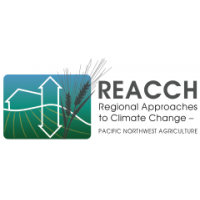Data: REACCHPNA LCA - Historical Annual Crop-Fallow Transition, Spring Wheat
All historical data are based on average of 31 years in historical (baseline) period from 1979 to 2010. All the data under future folder are based on average of 31 years in future period from 2055 to 2085 which is presented as 2070s. Also we used...

